I am measuring the inductance of a large coil using an LCR meter. I am using the series equivalent measurement mode at 100 Hz.
Why does the LCR meter show that the ESR is 656 Ohm and why does my multimeter show a DC resistance of 61.5 Ohm? I would assume the ESR is the real part of the inductor impedance which should be the same as the DCR.
In the figure below the voltage waveform is shown in blue. I am using a 50 Hz rectified voltage with an average voltage of 210 V (left side of scope y-axis), which gets chopped to around 110 V after some time (right side of scope y-axis).
Does the current waveform influence the AC impedance of the coil?
